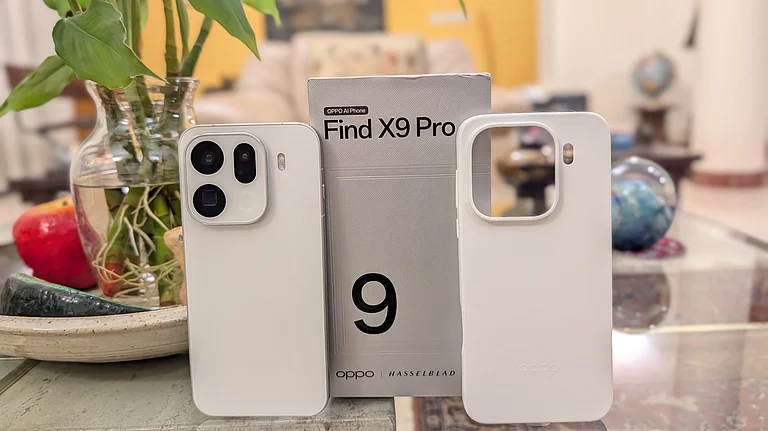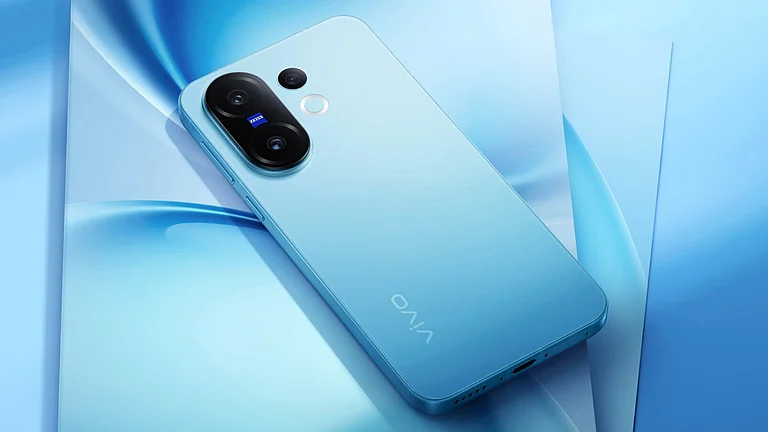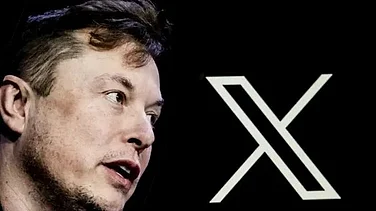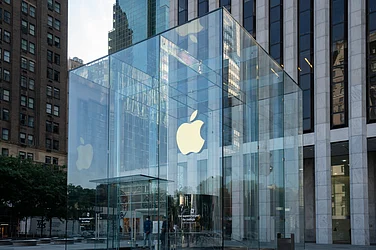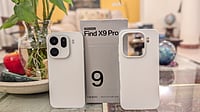I talked to an industry colleague in January, a couple of months ago. He was looking for a new smartphone but bemoaned the lack of compact smartphones on the market. Luckily for him, things are about to change in 2025, and that all starts with Samsung’s Galaxy S25.
For many years, in the recent past, the Asus Zenfone was the only choice for a compact smartphone. This year, smartphone manufacturers are finally realising that there is a demand for ultra-thin and compact smartphones. The Galaxy S25 Edge and Tecno Spark Slim are those that will be competing in the ultra-thin space. As for the small and compact space, there is the Vivo X200 Mini, Oppo Find X8S, OnePlus 13T and many others.
With a 6.2-inch screen, the Galaxy S25 is currently leading the small and compact brigade. It is one of the smallest flagship Android smartphones on the market. Let me tell you something: being small doesn’t mean it’s skimped out on its hardware. It’s a power-packed smartphone with brilliant battery life and an excellent camera to boot.
This is an easy recommendation for someone who doesn’t want to carry a weighty, bulky smartphone daily. With top-notch performance and a smattering of AI features, the Galaxy S25 may be the one to buy in 2025.
Things may not have changed much since the Galaxy S24, but minor improvements equal significant gains for the Galaxy S25. The only downside is that this is a boring smartphone. It’s more powerful, but it's more of the same for frequent consumers of the flagship Galaxy line of smartphones.
It’s got the latest Snapdragon 8 Elite chipset, more RAM than needed, the latest One UI OS, all the AI features you’d ever think you’d need, and a great in-hand feel that won’t weigh you down.
With a starting price of Rs 74,999, the Galaxy S25 is expensive. Despite that, look nowhere else if you’re looking for a compact Android flagship. Let’s break it down by telling you what I liked and disliked about the Galaxy S25.
Here’s what I liked about this compact beast of an Android smartphone
Display: Yes, it’s small and not ideal for consuming content for long hours, but it is bright, gorgeous and colour accurate. The delightfully small 6.2-inch display has small edges and is a smidge smaller and lighter than the Galaxy S24. The slim bezels make this a sight to behold.
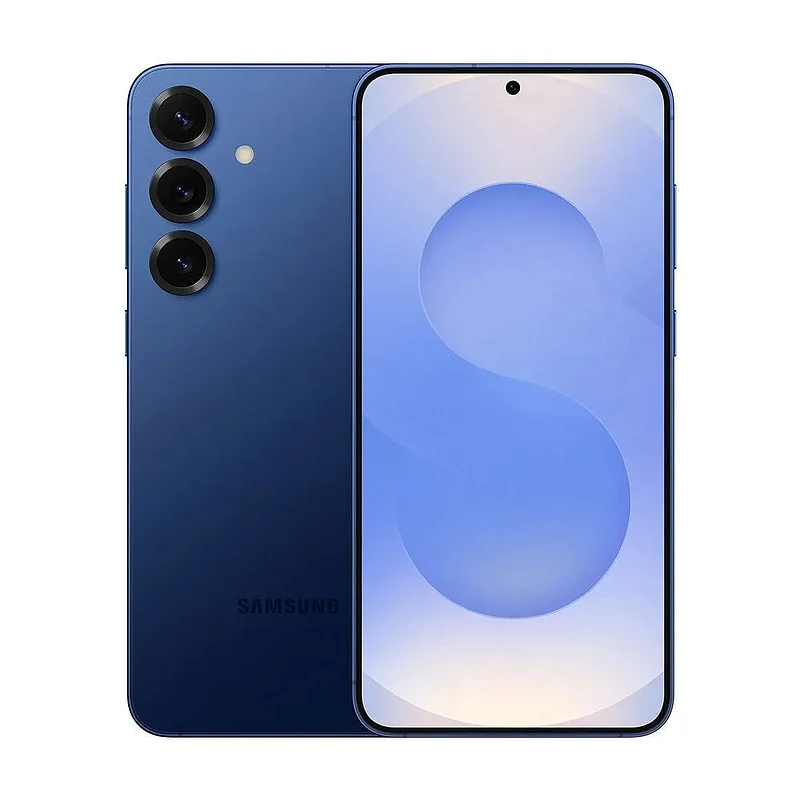
The 6.2-inch AMOLED display comes with a 120Hz refresh rate, 2,340x1,080 resolution and a peak brightness of 2,600 nits. The colours are vivid and punchy, the viewing angles are great, and the always-on display is something I’ll always keep on.
Build quality: The smartphone weighs just 162g and is 7.2mm thin. It’s a joy to hold at all times. Despite its small and compact size, this one is very sturdy. The build quality is up there with the best. Haptic vibration has improved ever so slightly. The glass back and aluminum sides (with a matte texture) make this phone look premium. Thankfully, smudges and fingerprints have reduced over the years.
Performance: Performance is where the Galaxy S25 has gotten the most significant jump. Thanks to the Qualcomm Snapdragon 8 Elite for Galaxy processor, the smartphone flies through all the tasks you throw at it. Couple that with 12GB of RAM, you’ll never see any lags or stutters. It’s fast and fluid.
Cameras: I won't go into detail, but the cameras on the Galaxy S25 will suffice for most users. I won't elaborate because Samsung has used the same rear camera for the fourth consecutive smartphone generation. If you own a Galaxy S22, Galaxy S23, or Galaxy S24, you will be using the same camera sensors. The Galaxy S25 features a 50MP (f/1.8) main sensor, a 12MP (f/2.2) ultrawide with a 120-degree field of view, and a 12MP f/2.2 telephoto lens (3x optical zoom). The hardware isn't bad, but it's not as cutting-edge as that found in the Oppo Find X8 and Vivo X200. Thankfully, the Galaxy S25 includes a telephoto sensor, which is essential in a flagship smartphone.
Battery life: Thanks to its smaller size and 4,000mAh battery, the Galaxy S25 has been able to eke out about two days of use with about six hours of screen-on time (SoT). That isn’t the best-in-class, but it’s above par. It’s certainly better than the Galaxy S24, and I call that a win.
Hit or miss? Here’s what was a hit or miss with the Galaxy S25:
Software: Yes, the Galaxy S25 gets One UI 7 (based on Android 15) with all the artificial intelligence (AI) goodness. One UI is one of the better Android skins out there, but I didn’t care for many of the AI features. Google Gemini is at the heart of the AI integration, but that’s available on most Android smartphones. Over my month of testing, I frequently used just two AI features. One was Circle To Search, which is available on many other smartphones. The other one was Now Brief and Now Bar.
Now Brief simply offers a summary of your daily life. It comes up three times a day. In the morning, it summarises your sleep and tells you about your day ahead. In the noon and evening, it comes up to help you stay on top of things.
The Now Bar is on your lock screen. It gives you updates about events (like sports matches), information like what song is playing, turn-by-turn directions, and much, much more.
Beyond those two features, though, I hardly cared about any of the AI integration.
Charging speeds: While battery life is good, charging speeds are woeful, to say the least. Chinese companies’ smartphones, such as Xiaomi, Vivo, OnePlus, and others, have the Galaxy S25 handily beat. The Galaxy S25 can charge up to 25W wired, 15W wireless, and 4.5W reverse wireless.
The Galaxy S25 takes just over an hour to recharge its battery. Compared to the Pixels and iPhones of the world, this is pretty slow. It’s frustrating that Samsung has not updated the charging speeds of its base Galaxy S flagship model for three generations.
Competition
I will briefly list a few smartphones worth considering if you aren’t entirely sold on the Galaxy S25.
Camera-centric: If you’re looking for something camera-focused, look no further than the Pixel 9 Pro or Xiaomi 15. These all carry flagship specs and are brimming with camera hardware.
iPhone: If you’re looking for an iOS device, the iPhone 16 is the closest competitor.
Fastest of the lot: If you’re looking for pure speed and great battery life, the OnePlus 13 is your best bet.
Verdict: The question all boils down to is it worth upgrading from previous generations? The answer is most likely no. But is it worth a buy if you’re in the market for the fastest compact flagship Android smartphone out there? The answer is a resounding yes.
It has the latest Snapdragon 8 Elite for Galaxy processor, a brilliant AMOLED display, some AI features you’d use, remains relatively cool, and comes in a compact form factor that will impress you from day one.
It’s a standout compact flagship, and that’s the best compliment I can give to the Galaxy S25. Samsung really needs to innovate going forward, but for now, it’s doing more than enough to stay ahead of the competition.









